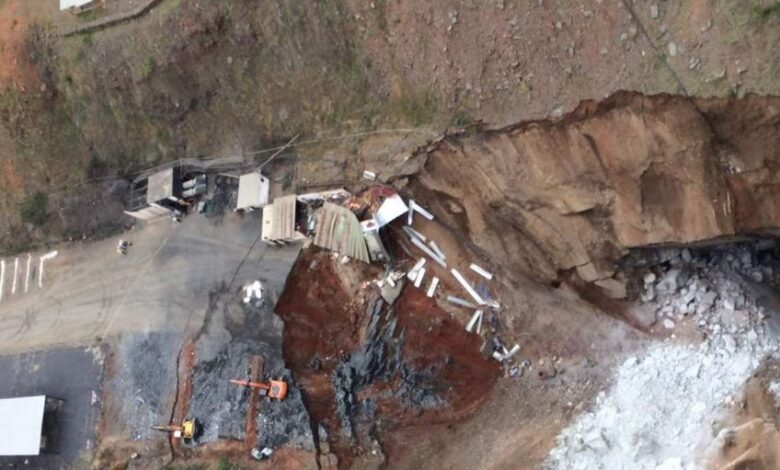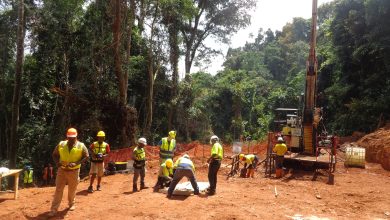
As mining companies are chasing high revenue numbers, they should not drop the ball on adherence to prescribed safety standards.
By Nick Barnes
Mining companies are targetting massive revenue as they strive to cash in on a spell of favourable commodity prices. A growing concern is that, in hot pursuit of this, mining companies may overlook inherent safety risks in their operations. Eventually, negligence of safety measures would negate the envisaged gains.
Mine Health and Safety Act (MHSA)
In South Africa, the Mine Health and Safety Act (MHSA), complemented by the Occupational Health and Safety Act (OHSA), provides appropriate health and safety standards for mines to follow to achieve zero harm. Similar legislation applies in other mining jurisdictions.
Under the ambit of the MHSA, DMRE conducts compliance audits to ascertain whether a mine’s procedures and policies meet national legislation and internationally accepted standards. Through health and safety inspections, issues are pointed out and suitable remedial measures are recommended for implementation.
In an industry advisory disseminated earlier this year, ASPASA stresses the need for organisations to establish an advisory council in-house to oversee occupational health and safety issues. In this way, the council can determine the necessary steps to comply with the MHSA and OHSA.
Though targeted at quarries and surface mines, the principle applies to underground mining.
The obligation of employers and employees
Compliance should be ingrained in the company’s culture for its impact to be profound. Both employers and employees must take responsibility for the common good in all work areas – no stone should be left unturned.
Non-compliance
Despite being aware of their obligations, it is uncommon for mine operators to be complacent and flout regulations. Sometimes they can get away with it.
But there is a huge price to pay for negligence. For instance, when there is an infringement, the DMRE may evoke Section-54 Mine Closure or impose a stiff penalty. Section 54 of the MHSA empowers an inspector to close a mine temporarily or permanently.
The implications of closure should not be underestimated. When a mine is closed, the situation could have devastating consequences for owners and staff. From a business perspective, this could translate into an irretrievable revenue loss, and for employees, loss of livelihood and destitution. This is the last experience any sane mine operator would be keen to encounter: missing out on bumper yields.
The ultimate benefit
The long and short is that compliance audits are not a grudge undertaking but for the business’s benefit. Instead, doing the right thing enables a mine to increase revenue while achieving zero harm.
Sidebar
Festive Concerns
There is a need to enhance interventions and measures. According to the DMRE, usually during this time of the year (as the festive season approaches), there is a noticeable increase in the number of fatalities and injuries. Common issues that arise at this time are shift fatigue, drug and alcohol abuse and general negligence.
Chiefly, this trend is due to poor supervision, anxiety or excitement associated with the festive season, and pressure to meet production targets just to mention a few. As such, interventions such as shift fatigue management systems and drug and alcohol tests, amongst others, should be done religiously.






